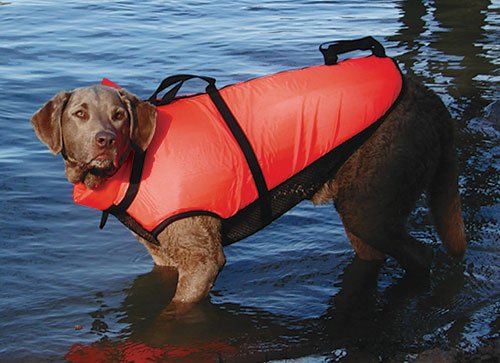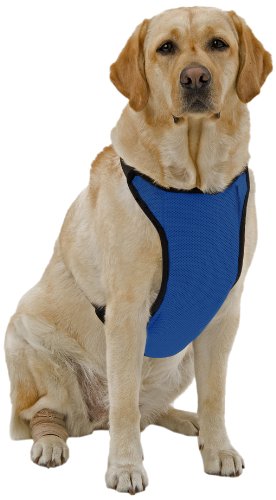
Most people are aware that animals are used in research. About 80% of the animals used in research are used for basic scientific research or are used in medical testing. Although there is a big push to reduce the number of animals used, we still have a need for research animals. There are quite a few reasons why we still justify the use of animals in research. The first and most important reason is because we can’t do testing and research on humans. This testing is necessary to develop safe and effective treatments for human (and animal) diseases and disorders. For example, insulin and kidney dialysis were developed based on animal research.
Although researchers are replacing animals with alternative methods of research such as tissue samples and virtual reality, there is still a lot of research that cannot be done in a test tube. The use of animals allows scientists to control the environment and follow a disease through the animal’s life (since most animals have a short lifespan). But where do we get these animals from?
Many research animals are bred specifically to be used in research. This provides researchers with animals that are genetically similar, meaning that their data will be less affected by individual differences. However, not all animals used in research are bred specifically for research. A small percentage of research animals (some dogs and cats) are purchased from pounds. In general, pound animals are used in research because they are much less expensive than animals bred specifically for research.
The idea that pound animals are used in research often does not go over well with the public. This is partially due to the fear that a pet can be stolen and ‘sold’ to research. Also, many people do not like to think about research being done on a former pet. It is unpleasant to picture an animal, which used to be a family pet, locked in the sterile world of research. There is also the concern that research will involve pain and suffering for the animal.
The Ontario Animals for Research Act was created by the Ontario Ministry of Agriculture and Food in May 1971 to address concerns about stolen pets. It requires that animals be purchased directly from shelter facilities, not through dealers. Reasonable steps must be taken to find the owner and proper records must be kept. The shelter can be inspected without warning. Animals must be held at the pound and be made available to the public for at least three full business days before being released to the research facility. Only suitable (young, healthy) animals that would otherwise have been euthanized can be released. Also, the shelter cannot euthanize an animal that has been requested by a research facility.
The Canadian Council on Animal Care published guidelines for animals used in science in 2007. These guidelines indicate the need for proper record keeping and allowing opportunities for lost pets to be reclaimed by the owner. It recommends holding animals for at least three full business days before being released to the research facility, and recommends holding the animal for a further four days before using it in research. The animal must be returned to an owner searching for a lost pet if it has not yet been used in research. These guidelines go into details for the benefit of animal care committees and investigators.
The reality is, in fact, that many research facilities go above and beyond the legal requirements for animal care. As society becomes more aware of the welfare (physical and emotional) needs of animals, it has become our obligation to provide exceptional care to research animals. By treating their research animals well, research facilities can keep a good public image. A good image is necessary to maintain the support of the public.
The use of pound animals in research is not ideal, but it is reality. This is why legislation has been created and recommendations have been made to find an agreement between the needs of research facilities and the concerns of the public. As researchers continue to struggle with the issue of the use of animals in research, they will inevitably be addressing the use of pound animals as well.
By Ashley O’Driscoll – Pets.ca writer
 Dogs :: Four Basic Commands That Your Dog Need to Learn (Page 1 of 2)
There are certainly lots of factors for proprietors to
Dogs :: Four Basic Commands That Your Dog Need to Learn (Page 1 of 2)
There are certainly lots of factors for proprietors to
 Fido Float Dog Life Jacket Size Medium
As family members, our dogs
Fido Float Dog Life Jacket Size Medium
As family members, our dogs
 Interview With A Pit Bull Rescuer
Interview With A Pit Bull Rescuer
Catherine Hedg
Interview With A Pit Bull Rescuer
Interview With A Pit Bull Rescuer
Catherine Hedg
 Cooling Vests For Dogs
Dogs feel the heat just like
Cooling Vests For Dogs
Dogs feel the heat just like
 How to Calm a Dog During a Thunder Storm
Does your dog go absolutely
How to Calm a Dog During a Thunder Storm
Does your dog go absolutely
Copyright © 2005-2016 Pet Information All Rights Reserved
Contact us: www162date@outlook.com